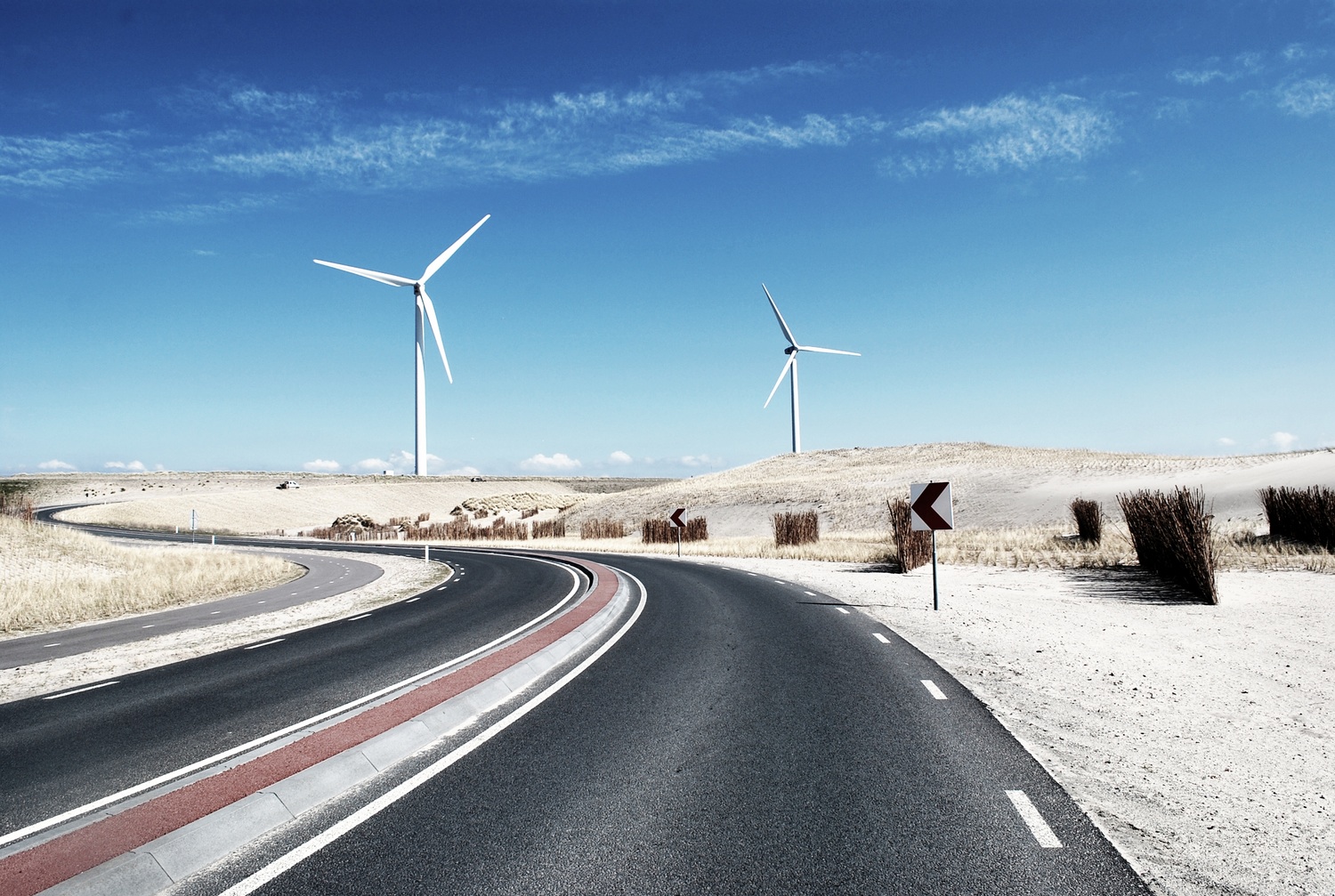Renewable energy harvesting has been continuously developed to create an ever improving portfolio of technologies. Some of these breakthroughs are truly astonishing and have been positioned at the forefront of this generation. They’ve been spurred on by a demand for the dismissal of fossil fuels as a source of energy, in order to preserve the earth for future generations.
This blog (Part 2) will explore the latest and most exciting developments that have been made in this sector.
Artificial leaves
A team from Harvard University announced a breakthrough involving ‘artificial leaves’. This innovative process harvests solar energy from photovoltaic cells, to yield hydrogen which can be used in fuel cells. This incredibly unique process integrates the artificial leaf, which uses a catalyst enabling sunlight to split water into hydrogen and oxygen, with an added bacterium engineered to convert carbon dioxide, plus hydrogen into a liquid fuel – isopropanol.
In essence, this is the same process that plants use – photosynthesis.
Flying solar
Another incredible breakthrough for the solar and aviation industry came from the Swiss pioneer (Bertrand Piccard) behind the Solar Impulse 2 – a solar powered aeroplane. The plane managed to fly around the world without burning a single fossil fuel, and was airborne for a total of 21 days. This was an amazing project that inspired nations and was greeted by crowds and TV crews at each airport, all the while demonstrating the power of renewable energy sources.
Claims have been made that within 10 years, an “electric aircraft could be carrying up to 50 passengers on short to medium distance flights.” However, much more research and development has to be done before these flights could be commercialised.
It wasn’t all plain-sailing for the project, weather conditions had to be optimal for the plane to make each journey, a total of 17 legs. The overall journey took approximately 1 year 4months and 17 days, due to the monitoring of the aircraft to ensure its safety and maintenance. This would be expected with any new technology as constant tweaks are vital to ensure everything runs smoothly.
These achievements clearly demonstrate the advance solar has made as a renewable source of energy, and inspires excitement of what the future may hold.
Mind blowing technology
Wind harvesting technology has seen huge advancements since first conception. Aerodynamic ‘smart blades’ are guided by computers, adapting to capture changes in air-flow, greatly enhancing their efficiency. This is highlighted with measurable results for the amount of wind converted into energy, which has risen from 30pc a decade ago to 50pc in the current day.
A pioneering company ‘Vortex Bladeless’ have developed an innovative technique for wind harvesting, and designed a unique concept which could serve as a solution to giant wind turbines, which require a lot of maintenance due to wearing parts. The concept centres around the vortices produced when wind moves around an obstacle, in its extreme form this has seen bridges fall, such as the original ‘Tacoma Narrows Bridge’ in 1940. Nowadays technology is integrated into structures to eliminate this; however this new technology seeks to harvest it.
The product looks like a giant “asparagus”, It’s made of carbon fibre and fibreglass with a motor at the bottom rather than the top. This intelligent design ensures the winds vortex spins synchronously along the entire cone as it’s caught by the wind. A ring of magnets is at the base of the cone in order to boost rotations regardless of the wind speed.
With all new technology we have ‘supporters’ and ‘sceptics’, the facts are; it’s cheaper to manufacture, approximately by at least 40%, maintenance prices are lower, and it is completely silent. Sceptics argue these wind harvesters would have to be 100 meters high to gauge the correct airflow, to which the developer argued, that the magnets would disregard this point due to the fact that the magnets maintain the movement even when wind speeds are slow, although, evidence to support this claim is incredibly hard to come by. The jury is out, regardless of whether or not this technology is used commercially, the design and passion behind this innovation can only aid the age of renewable energy.
Achievements and the future
Costa Rica has been a ground-breaking success story in the renewables sector, despite being a relatively small country (4.9M population). The nation has managed to complete 75 day streak, followed by 94 consecutive days without burning a single fossil fuel for energy production. The previous year Costa Rica managed 299 days – another huge milestone. The main technology facilitating this achievement is Hydro, accounting for 80.27% of electricity in August this year. Costa Rica has also utilised Geothermal, Wind, and Solar energy to achieve these amazing results.
However, Costa Rica is only around half the size of the US state of Kentucky, America requires 373 times more electricity (around 4 million gigawatt-hours). Renewables in America may be completely derailed with the election of President Donald Trump, who has openly declared that he believes climate change is a “hoax”. This could lead to America withdrawing from the Paris deal, and resorting back to its old, outdated ways of producing energy.
Subsidies for these sources seriously needs to be up-held and protected to fulfil the promises made in Paris, and more importantly to sustain the earth for the next generation.
With determined support from governments, policy makers, businesses and individuals worldwide, renewables could be powering the whole world by the end of the century, this is a goal worth aiming for.
If you missed the first blog and would like to find out more about renewable energy and the forces driving this industry please click the link provided: http://www.johnston-vere.co.uk/resources/renewables-in-the-modern-era-of-technology-part-1/

